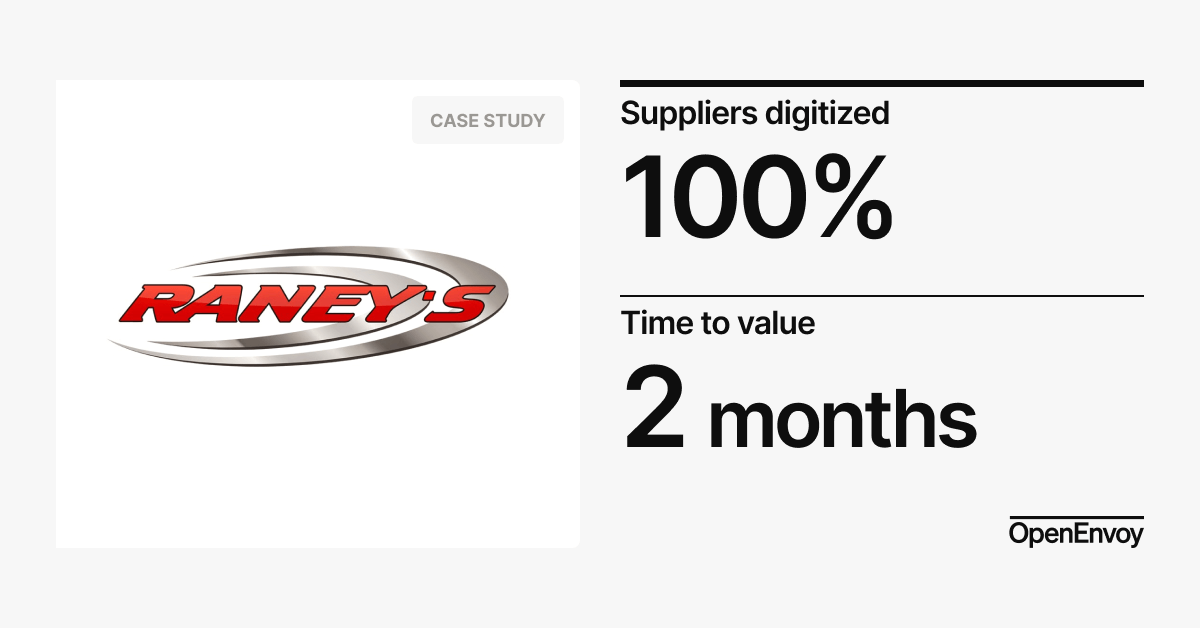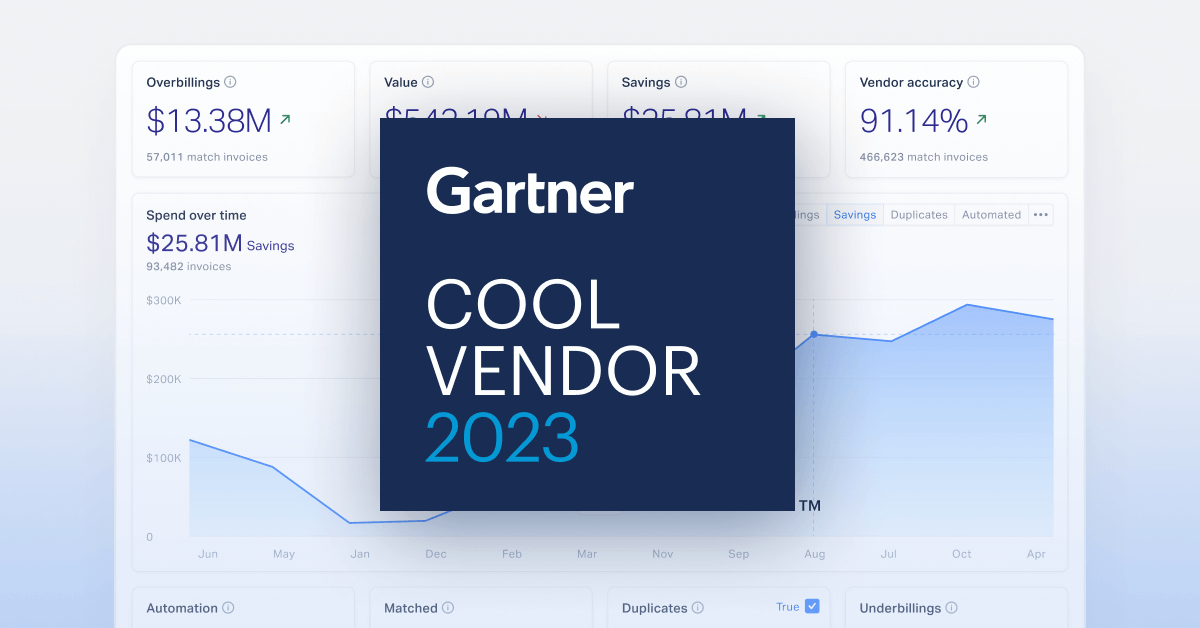Why tariff compliance risks are an IT problem—not just finance
Tariff misclassifications, missed duty drawback claims, and regulatory non-compliance aren’t just finance headaches—they’re IT risks.
With constantly changing global trade policies, increasing tariff complexity, and growing regulatory scrutiny, the systems supporting finance are under more pressure than ever. Manual AP workflows, fragmented data, and ERP limitations expose companies to:
- Regulatory fines and audit risks
- Overpaid duties and lost refunds
- Data integrity and security vulnerabilities
This isn’t just about overpayments. It’s about systemic risk—and IT is the only function with the tools to solve it.
The three hidden tariff risks threatening your systems
1. Compliance failures that expose the business to audits and fines
When AP teams rely on manual processes or custom-coded ERP workarounds to manage tariffs and duty refunds, mistakes are inevitable.
- Incorrect HTS classifications lead to overpaid duties and regulatory violations
- Missed duty drawback claims result in lost revenue
- Inconsistent data creates audit vulnerabilities
The result? Unplanned audits, financial penalties, and reputational damage—all of which IT inherits when systems are blamed for compliance failures.
2. ERP limitations that can’t keep up with tariff complexity
ERPs like Oracle, SAP, and NetSuite weren’t designed to handle tariffs, exemptions, and trade policies. They feature:
- No real-time validation for tariff classifications
- Limited automation for duty drawback eligibility
- Custom coding requirements that drain IT resources
IT teams get stuck maintaining fragile, manual workarounds that don’t scale—and when things break, IT owns the problem.
3. Data integrity and security risks
Manual AP processes introduce data inconsistencies and security risks:
- Invoice data spread across spreadsheets, emails, and disconnected systems
- No centralized control for compliance checks
- Gaps in audit trails that make investigations a nightmare
For IT, this means increased support tickets, security vulnerabilities, and more time spent chasing data issues instead of driving strategic initiatives.
The solution: AI-powered AP automation that reduces tariff risks without adding complexity
IT leaders don’t need more systems to manage or custom code to maintain. They need AI-powered automation that:
- Integrates seamlessly with existing ERPs for real-time compliance
- Eliminates tariff errors with AI-driven automation
- Scales effortlessly without adding technical debt
- Delivers audit-ready compliance without manual work
- Reduces IT workload while improving data integrity and security
1. Seamless ERP integration, no custom code
AI-powered AP automation integrates with Oracle, SAP, and NetSuite—with no custom development required.
- Automated validation of HTS classifications and duty drawback eligibility before payments are processed
- Automated data synchronization with ERP systems
- Plug-and-play integration that reduces IT’s ongoing support burden
This reduces complexity and minimizing IT resource demands.
2. AI-driven automation that eliminates tariff errors and reduces compliance risk
AI-powered AP automation uses machine learning to:
- Pre-matches invoices to HTS classifications to prevent costly misclassifications
- Flags duty drawback-eligible transactions so refunds aren’t missed
- Validates data in real-time to catch compliance issues before they become audit risks
No manual reviews. No spreadsheets. No compliance gaps.
3. Built for scale: no bottlenecks, no technical debt
As businesses grow, AI-powered AP automation scales to meet increasing demands:
- Handles high invoice volumes without performance slowdowns
- Adapts to new tariff regulations without IT intervention
- Eliminates reliance on manual workarounds that slow down finance and IT
You get automation that grows with your business, without adding unnecessary infrastructure or support burdens.
4. Audit-ready compliance without manual work
AI-powered AP automation ensures every invoice is processed with compliance in mind:
- Securely validated for compliance with current trade regulations
- Fully traceable with an audit-ready data trail
- Consistently accurate—reducing the risk of regulatory penalties
Your AP data is always accurate, secure, and audit-ready—saving both finance and IT valuable time.
5. Reducing IT workload while improving data integrity
Automating AP compliance with AI significantly reduces IT’s workload while enhancing data accuracy and system performance:
- No custom coding or manual system updates required
- Fewer support tickets related to data discrepancies or compliance issues
- Improved data integrity across AP and ERP environments
IT teams can focus on strategic projects, knowing that AP compliance is automated, secure, and fully integrated.
IT’s role in tariff compliance Is clear—lead the change (before it’s too late)
The longer companies rely on manual AP processes and outdated ERP workflows, the higher the risks:
- More overpaid duties
- More missed refunds
- More audit vulnerabilities
IT leaders who proactively address tariff compliance risks don’t just support finance—they protect the entire business from regulatory, financial, and operational threats.
Book a demo today to see how OpenEnvoy reduces compliance risks, improves data integrity, and integrates seamlessly with your ERP—without adding complexity.




